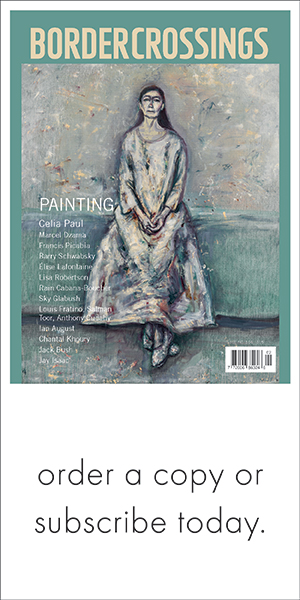It’s summertime. Time to strap on the seat belts and go exploring, across all of this country’s provinces and territories. And we will need some great reading matter to help eat up the kilometres and tell us something essential about the land we are crossing. Thirteen of Canada’s best writers have volunteered to act as literary guides for a patch they’re particularly familiar with in this enormous quilt we live on, so let’s get moving. In honour of Vancouver 2010, we have decided to follow the route (more or less) of the Olympic Torch.
Yukon Territory The Collected Poems of Robert Service Robert W. Service “There are strange things done in the midnight sun / By the men who moil for gold.” Those words launch “The Cremation of Sam McGee,” probably the most famous poem ever written about the Yukon. The only other contender, “The Shooting of Dan McGrew,” begins: “A bunch of the boys were whooping it up in the...
